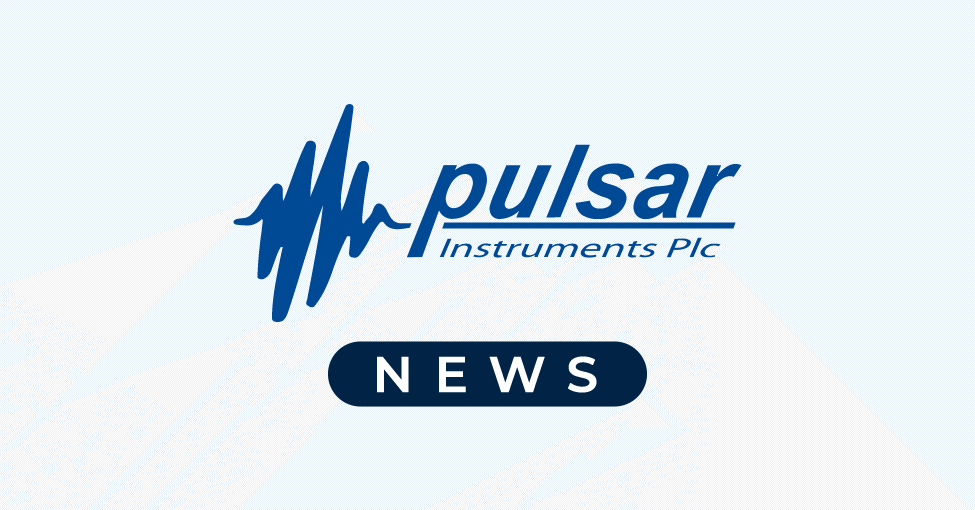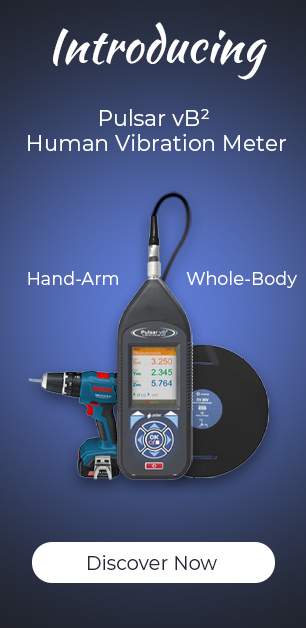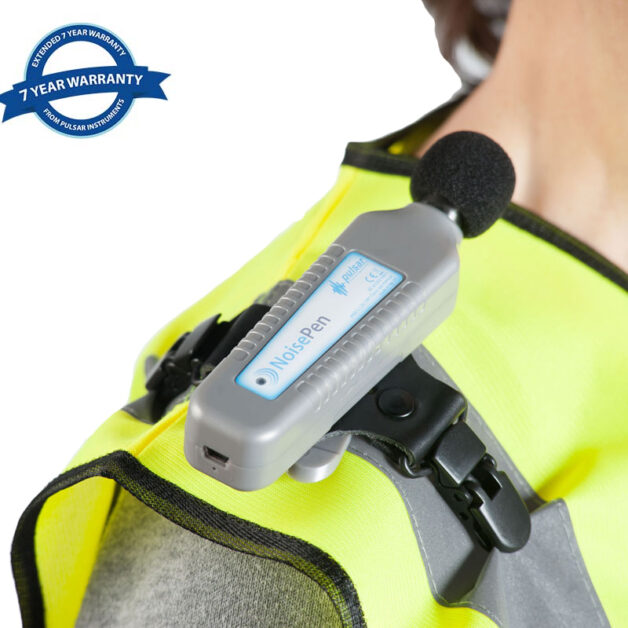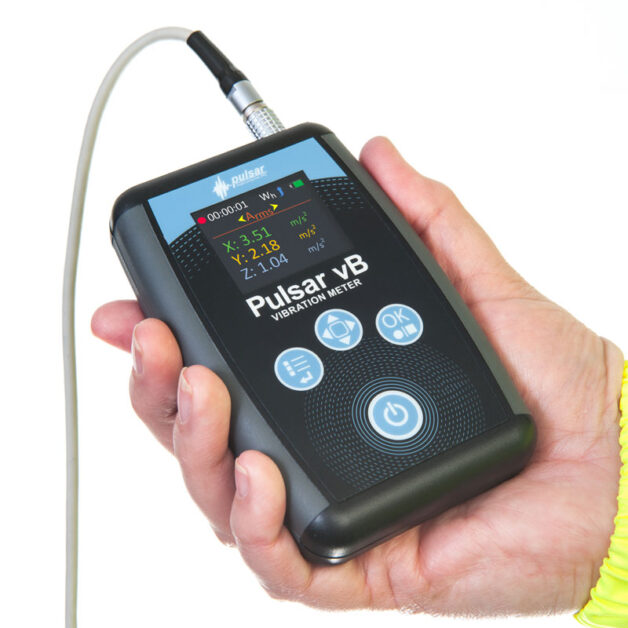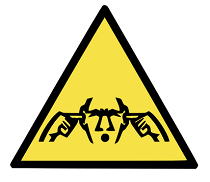
April 2016 saw the 10th Anniversary of the Control of Noise at Work Regulations (2005) which came into force in April 2006. As far as safety regulations go, the Control of Noise at Work Regulations may be one of the less visible in a heavy portfolio of Health and Safety responsibilities. Huge progress has been made in the last ten years to raise the awareness of industrial deafness or noise-induced hearing loss and, no doubt, many of you will have undertaken some sort of Noise Awareness training. However, an Explanatory Note to the Regulations in the UK states that “The Health and Safety Executive is developing a strategic programme to improve the control of noise with the aim of eliminating cases of severe occupational noise-induced hearing loss by 2030“. It is clear then that more work is required to achieve this.
Tools and processes are much quieter nowadays but uncontrolled noise is still in evidence in industrial settings, the worst culprits being the manufacturing and construction industries as they use some of the noisiest tools. Noise-induced hearing loss is still one of the most common occupational diseases around the world despite efforts to combat it. Hearing loss is the poor relation of all diseases as it is invisible and may be deemed less important compared to other diseases or injuries. For those suffering from it, it is a source of stress and social isolation. So, to mark this forthcoming 10th anniversary, here are 10 facts about the Noise at Work Regulations (2005) – see how many you remember!
Noise at Work Regulations: 10 years in 10 facts:
1. The Control of Noise at Work Regulations (2005) require employers to prevent or reduce risks to health and safety from exposure to noise at work.
2. The provision of, and maintenance of, hearing protection should be the last resort.
3. There are many ill-health effects related to noise such as temporary/permanent threshold shift, tinnitus, acute acoustic trauma and noise-induced hearing loss.
4. The Control of Noise at Work Regulations specify action levels at which the hearing of employees must be protected.
5. An action level value is a level of noise at which certain actions must be taken. An exposure limit value is a level of noise at the ear above which an employee must not be exposed.
6. Section 3 of the Control of Noise at Work Regulations identifies that someone who is self-employed will have to adhere to the Regulations in the same way as any other employer would.
7. To comply with the Regulations you must follow 6 steps:
- Step 1: Assess the risk to your employees from noise in the workplace;
- Step 2: Take action to reduce noise exposure that produces those risks;
- Step 3: Provide your employees with hearing protection if you cannot reduce the noise exposure enough by using other methods;
- Step 4: Make sure legal limits of noise exposure are not exceeded;
- Step 5: Provide your employees with information, instruction and training;
- Step 6: Carry out health surveillance where there is a risk to health
8. Failure to comply with the workplace noise regulations can result in lost productivity to your business, leave you liable to enforcement action, including prosecution, and may result in civil claims from employees and a dent in your reputation.
9. Noise at Work awareness courses provides safety professionals with an understanding of how noise levels can harm hearing in addition to essential acoustic knowledge and definition of exposure limits and relevant noise measurement products.
10. The HSE provides in-depth information on noise and the Control of Noise at Work Regulations explain the key messages about noise, how you should assess risk, what to measure and how to protect employees.
Download our free guide to Controlling workplace noise under the Regulations
Noise at Work Regulations: looking forward to the next 10 years

Remember, the HSE estimates that well over a million employees in Great Britain are exposed to levels of noise which put their hearing at risk, costing millions of pounds to industry, society and individuals. Let’s hope the next ten years will see a huge improvement in these figures.
For more additional information on noise at work, legislation, training, noise measurement products and best practice, please sign up to our weekly noise measurement blog. Alternatively, call our friendly team on +44 (0)1723 518011.
